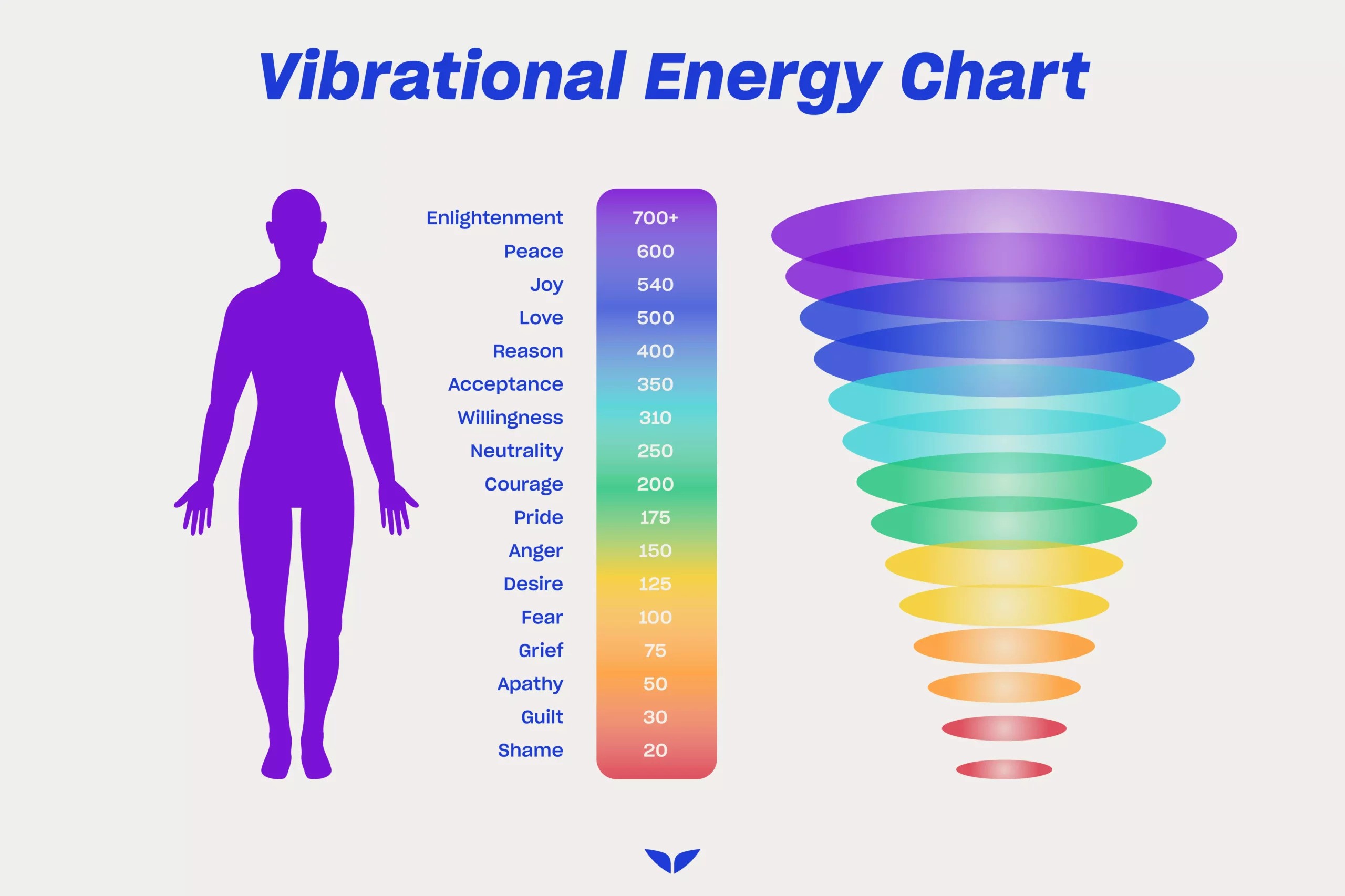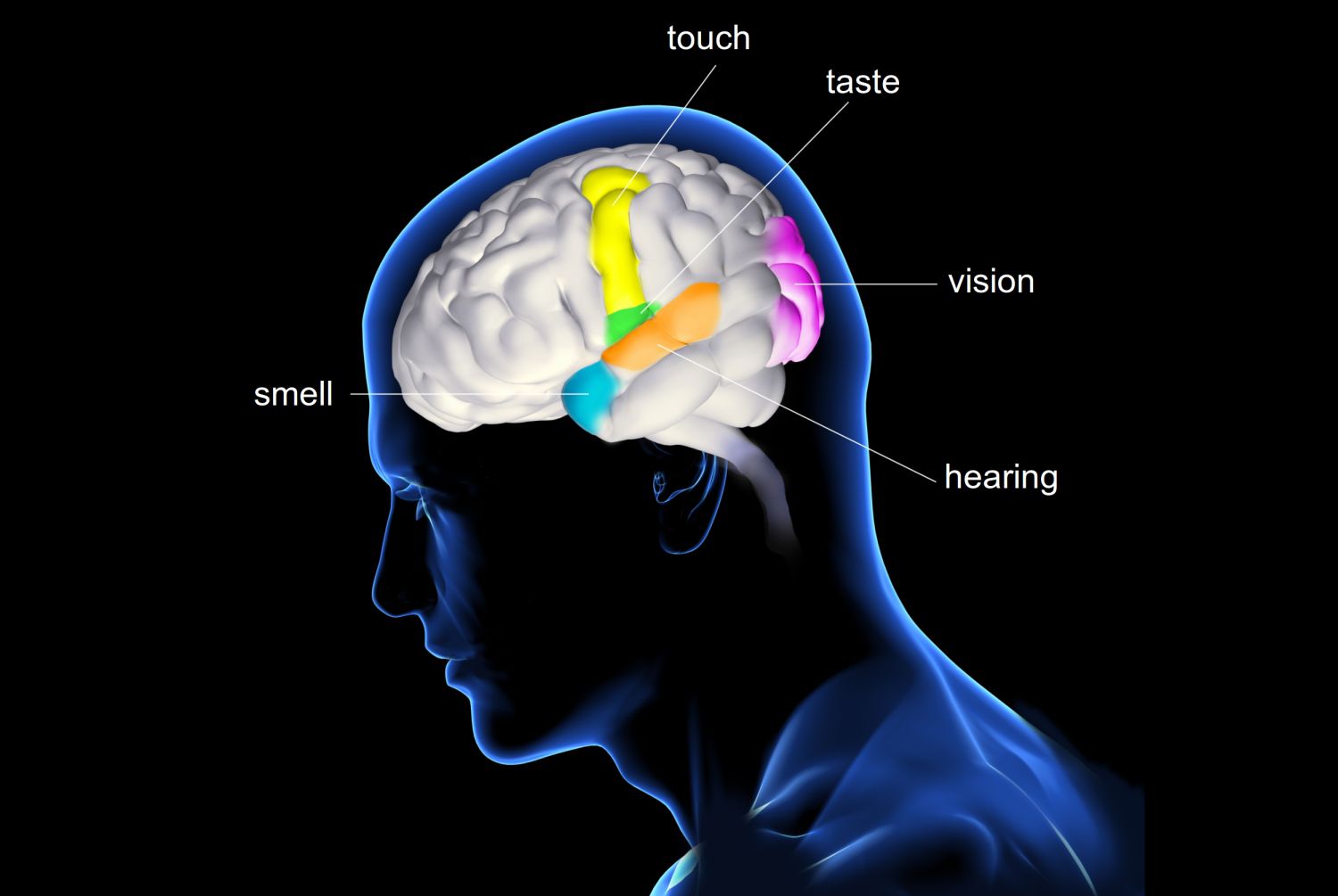Is Mindfulness Positive or Negative? Unveiling the Truth Behind the Practice
Amidst the hustle and bustle of modern life, mindfulness has emerged as a beacon of hope for many seeking tranquility and mental clarity. But is mindfulness positive or negative? This question has sparked debates and piqued the curiosity of skeptics and enthusiasts alike. Delve into the heart of mindfulness with us as we unpack its mysteries, scrutinize its effects, and provide insights that will leave you eager to explore more. Whether you're a seasoned practitioner or a newcomer to the concept, this exploration of mindfulness is sure to shed light on its multifaceted nature.
Introduction
When it comes to personal well-being, the question "Is mindfulness positive or negative?" is more than a fleeting curiosity—it's a pivotal inquiry into the effectiveness of one of today's most popular practices. Mindfulness, the simple act of being fully present and engaged in the moment, has been lauded for its potential to enhance life's quality. But as with any trend, it's essential to peer beneath the surface and examine the evidence.
Let's embark on a journey to uncover the essence of mindfulness, its acclaimed benefits, and the potential pitfalls that critics warn against. By understanding both sides of the coin, we can draw a more nuanced conclusion about the role mindfulness should play in our lives.
The Essence of Mindfulness
At the heart of the debate "Is mindfulness positive or negative?" lies the fundamental understanding of what mindfulness truly entails. Originating from ancient contemplative traditions, mindfulness has found a home in modern therapeutic practices, often intertwined with psychological strategies like Cognitive Behavioral Therapy (CBT).
Mindfulness is defined as:
"The awareness that arises from paying attention, on purpose, in the present moment, and non-judgmentally." - Jon Kabat-Zinn
But how does one practice mindfulness? It can be as simple as:
- Observing one's breath
- Acknowledging sensory experiences
- Noticing thoughts without engaging with them
Through these practices, mindfulness aims to create a space between stimulus and response, giving individuals the power to choose their actions consciously rather than reacting out of habit or impulse.
Positive Effects of Mindfulness
Advocates of mindfulness are quick to list its benefits, and for a good reason. Research has shown that regular mindfulness practice can lead to:
- Reduced stress and anxiety
- Improved focus and concentration
- Enhanced emotional regulation
- Increased empathy and understanding of others
These positive outcomes are supported by studies that reveal changes in brain structure and function among individuals who practice mindfulness. For instance, areas related to attention and sensory processing become more developed, while the amygdala, associated with stress and fear, shows decreased activity.
Moreover, mindfulness has been found to improve physical health by lowering blood pressure, enhancing immune function, and aiding in the management of chronic pain conditions.
Potential Drawbacks of Mindfulness
Despite its popularity, some critics argue that mindfulness isn't all sunshine and rainbows. Concerns have been raised about the potential negative aspects, including:
- Surface-level application without addressing deeper issues
- Overemphasis on self-reliance, potentially neglecting the need for professional help
- Instances of increased anxiety or over-awareness in some individuals
Additionally, the commercialization of mindfulness has led to a dilution of its essence, with some programs offering a quick fix rather than a profound practice. Critics worry that this trend could undermine the true value of mindfulness and mislead people about its benefits.
Mindfulness in Different Contexts
Mindfulness has been adapted into various contexts, from corporate wellness programs to educational settings, and even in the military. Each of these applications brings its own set of considerations:
| Context | Application | Outcome |
|---|---|---|
| Workplace | Stress reduction, increased productivity | Varied results; some report better focus, others feel pressure to conform |
| Schools | Improved attention, reduced aggression | Generally positive, but research is ongoing |
| Military | Resilience building, coping with trauma | Beneficial for some, but not a one-size-fits-all solution |
Understanding the nuances of how mindfulness is applied can help us appreciate its versatility while also recognizing its limitations.
Personal Stories: The Impact of Mindfulness
Real-life experiences often speak louder than clinical studies when answering "Is mindfulness positive or negative?". Personal anecdotes from individuals who have embraced mindfulness reveal a tapestry of outcomes:
- A veteran finds solace in mindfulness, easing the grip of PTSD.
- A busy mother discovers moments of peace amidst chaos through mindful breathing.
- An executive confronts burnout with a newfound ability to disconnect and recharge.
These stories highlight the transformative potential of mindfulness while acknowledging that individual experiences may vary significantly.
Conclusion
In conclusion, the question "Is mindfulness positive or negative?" does not yield a straightforward answer. The practice of mindfulness can offer a wealth of benefits, from mental clarity to emotional resilience, and has the potential to enhance various aspects of life. However, it's important to approach mindfulness with a critical eye and recognize that it is not a panacea. The true impact of mindfulness depends on individual circumstances, the integrity of the practice, and the depth of one's engagement with the principles it espouses. By embracing mindfulness with awareness and discernment, we can harness its positive aspects while remaining vigilant to its potential downsides.



